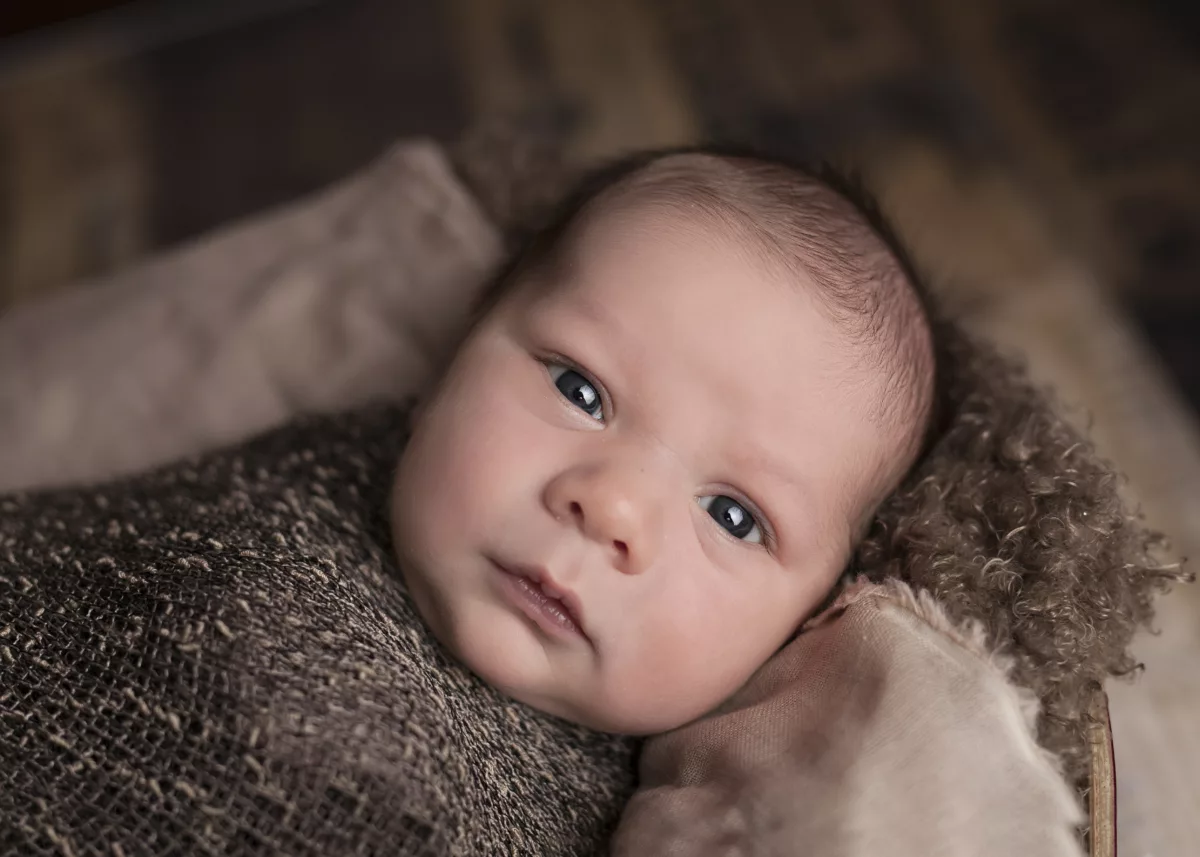The Ngala guide for nurturing the transition from co-sleeping to your child sleeping on their own.
Deciding on the when and how of your child’s sleep routine is a deeply personal choice, one that is often fraught with judgement and conflicting ideologies. Ngala is here to support all parents with the necessary information to make an informed choice for their child.
Introduction
The safest place for a baby to sleep is in the same room as an adult caregiver on their own sleep surface for the first six to 12 months. This helps with night-time bonding and can allow you to respond quickly to your baby.
While there is an increased risk of Sudden Infant Death Syndrome (SIDS) associated with co-sleeping and we do not advocate for co-sleeping during stays at our overnight hospital – We understand that many families may choose to co-sleep at home, for a range of reasons. We’re here to support all families with the information and support they need to ensure that everyone has a safe and restful night’s sleep.
For those who have elected to co-sleep at home, there will likely be a time when you wish to transition your child to sleeping on their own cot, either in the same room or in a separate room. This can be a challenging process, as babies can become very attached to your presence and comfort at bedtime. However, with some patience, consistency, and gentle strategies, it is possible to help your baby learn to sleep independently and safely in their own cot. Here are some steps you can follow to make this transition smoother and easier for both you and your baby.
- Settle your baby or child on their back. If a child can roll unaided onto their front and back again, they may be left to being find their own sleep position. If a child is only able to roll one way, it is recommended to gently move them to their back if they have rolled to their side or front.
- Positioning aids or interventions are not recommended as these have been associated with infant deaths.
- Keep the cot free of toys, pillows and bumpers. Do not add activity centres or anything else that may become a choking hazard or that a child may use to climb out of the cot.
- Soft toys or attachment objects are not recommended to be used in sleeping spaces until after a child is seven (7) months old (or older for premature babies).
- Keep the cot away from hanging cords such as blinds, curtains or electrical appliances.
- Avoid hanging mirrors, pictures or other décor on the wall above the cot as they could fall into the cot onto the child.
- Keep heaters or any other electrical appliances well away from the cot to avoid the risk of overheating, burns and electrocution.
- Never use electric blankets, hot water bottles or wheat heat-bags on babies.
- A safe sleeping bag is one with a fitted neck and armholes. If a child is wearing a sleeping bag whilst sleeping outside of a cot, they require active supervision to avoid falling or injury.
- Ngala uses, and recommends parents use, cots that comply with the mandatory safety standard based on the Australian Standard for household cots. This includes second-hand cots sold in Australia.
- To ensure safe sleeping, it is recommended that children do not wear anything around their neck while sleeping or unsupervised until after three (3) years of age. This includes dummy ties, clips or chains, teething necklaces or jewellery.
- Once a child is able to climb and is at risk of climbing or falling out of their cot, it is recommended they are moved out of it. This is usually between two years and three and a half years of age but can be as early as 18 months.
- Bunk beds are not recommended for children under nine years of age. Half of fall injuries are children under six.
At Ngala we practice strategies that are appropriate for the individual child’s age, developmental stage lifestyle and culture. We use a warm responsive approach, responding to the baby’s cues. At Ngala, we take small, incremental steps, always considering now both baby and parents are feeling. We do not support the practice of controlled crying.
Transitioning from co-sleeping to sleeping in a cot can be a difficult and emotional process for both parents and babies. However, with some preparation, patience, and perseverance, it can be done successfully and safely. Remember, every baby is different, and there is no one right way to make this transition. You should do what works best for you and your baby.
The Ngala Parenting Line is here to support you through this transition, with personalised advice and support for your own circumstances. Arrange a call with our child health experts today.
If you still have questions, contact our Parenting Line

